In 2015, ITEC carried out the study "Disaster risk profile for Bolivia due to floods and landslides in selected basins". The main objective of this study was to identify areas with high potential to suffer damages due to floods and landslides, and then perform a probabilistic flooding hazard and risk analysis in specific watersheds, in order to estimate risk indicators and loss exceedance curves. Initially, a simplified analysis of flooding susceptibility was carried out at the country level to identify the exposed areas, as well as the hazards with greater potential of impacting the population, crops and productive areas. From this analysis, the Rio Grande and Rocha river basins were selected as specific case studies for the probabilistic flooding hazard and risk assessment. Detailed hydrological and hydraulic models of each basin were developed considering digital elevation models and a calibration of historical events to obtain stochastic rainfall scenarios, potential flood areas, topography, and bathymetry. On the other hand, an inventory of exposed elements in potentially flood areas was consolidated containing their economic value and a typification with respect to their vulnerability to floods.
As part of this same study, ITEC advanced in the complementary study “Integration of climate change scenarios in the probabilistic calculation of precipitation and susceptibility analysis of floods, drought and landslides for Bolivia”, in order to consolidate a methodology that incorporates climate change in the probabilistic assessment of flood hazard and risk.
During 2016 and 2017, ITEC performed a study specifically developed for the IDB entitled “Development of the methodology of integrated economic analysis of flood risk mitigation plans at the subnational level - case study in Bolivia”. This study sought to establish the best combination of mitigation measures to reduce disaster risk in terms of optimal cost-benefit relationships. The methodology was applied in an illustrative way to the case of the Rocha river basin, in which the available information allowed such applications to be made in the short term, without the need to execute extensive field information gathering processes. The probabilistic assessment of flood risk was performed using the hydrological and hydraulic models for the selected basin. Subsequently, the main mitigation measures viable from a technical, functional, social, environmental and economic point of view were identified and dimensioned. Later, the residual risk related to the implementation of the proposed mitigation measures was evaluated for the different levels of intervention, in order to estimate the benefit-cost relationships of each of the feasible options and select the optimal ones, which were to be designed and implemented.
As a final component of the “Resilient Bolivia against Climate risks” program, ITEC developed in 2017 the study “Flood and landslide risk analysis including climate change scenarios, identification of critical intervention points and design of works at the level of investment in the Rocha river basin ”, which consisted on the updating and augmentation of the available information from previous probabilistic flood risk assessments, and the execution of the planning and design of engineering works for flood mitigation considering the whole set of probabilistic flood scenarios. During this study, hydrological and hydraulic models were updated and detailed with topography and bathymetry information gathered on field, which improved the resolution and accuracy of the analysis model. Additionally, boundary conditions were included given the confluence of the streams in the study area, and the hydraulic model as well as the potentially flood affected areas were extended from Cochabamba to Sipe Sipe. The proposed and designed mitigation works resulted from the selection of the best proposals from the economic analysis of the previous study, as well as from consultations carried out with the municipal technicians and the local population. Finally, models including mitigation works and climate change scenarios were built, in order to verify the expected risk reduction. To sum up, design and implementation plans of the mitigation works, calculation memories, technical specifications, material quantity estimations, and detailed work budgets were delivered, completing all the necessary documents required at the investment level to initiate the contracting phase and the execution of mitigation works.

